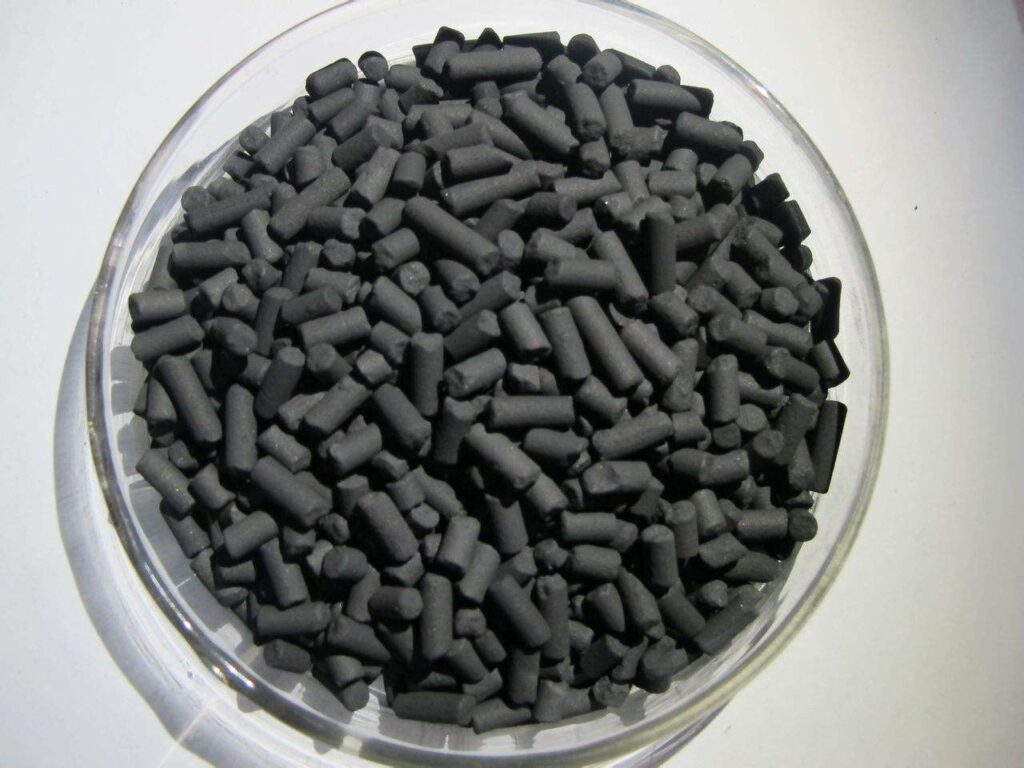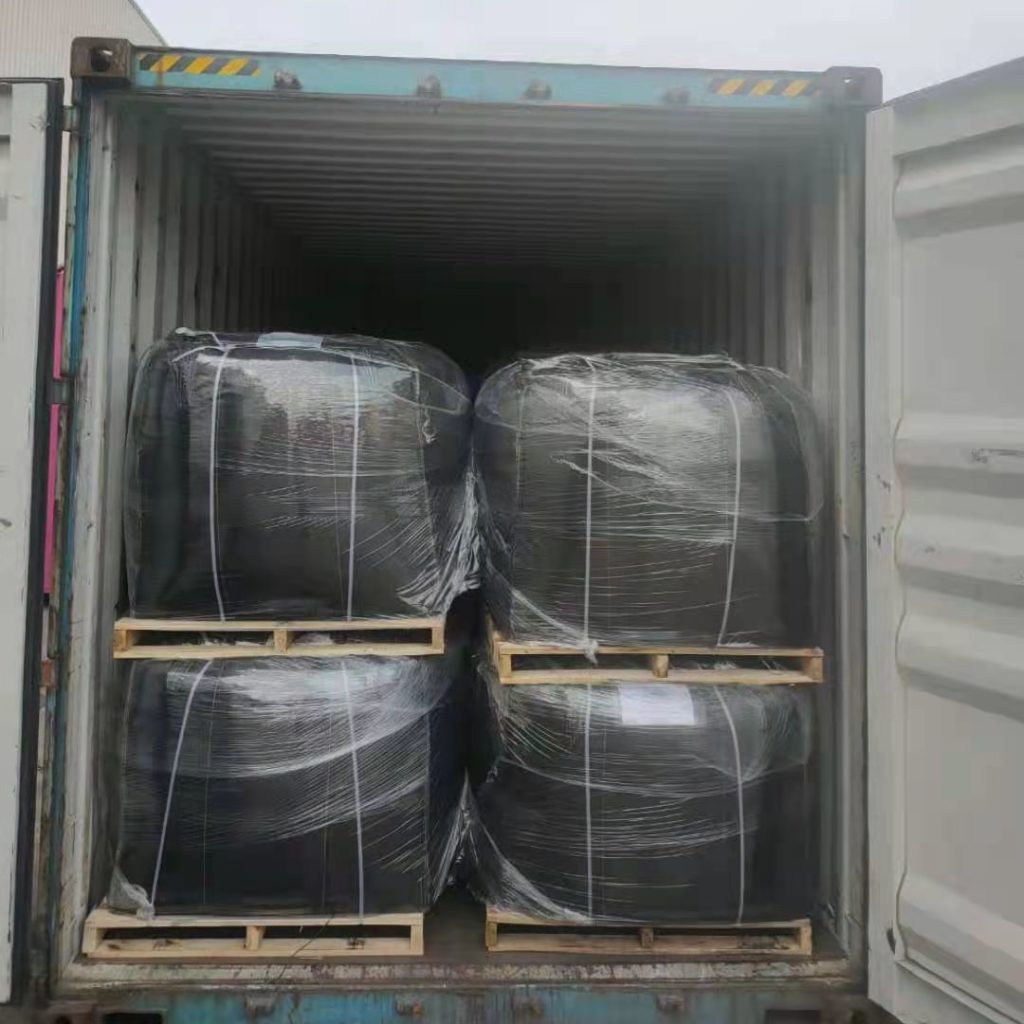1, what is Activated carbon
Activated carbon (AC) is an active, granular or powdered porous carbon-containing material. The basic structure of activated carbon is a porous material formed by many microcrystalline carbon grains similar to graphite grains stacked together in arbitrary orientation, with many pores of different shapes and sizes created through the activation process. In the early 20th century, activated carbon was made from charcoal calcined in carbon dioxide atmosphere, and it is widely used today.

2, characteristics of activated carbon
The adsorption characteristics of activated carbon depend mainly on its pore structure and surface structure, which results in many internal micropores, mesopores and macropores, forming well-developed channels and a huge adsorption surface.
The fine pore structure of activated carbon is especially developed, and it is an adsorbent with a large number of micropores and mesopores and a large specific surface area, with a specific surface area of 650~1500m2/g. The activated carbon for methane storage can reach 2000~4000m2/g;
Among them, the surface area formed by micropores accounts for almost 95% of the total surface area, which is the main factor determining the adsorption performance, while mesopores account for about 5% and the specific surface area of macropores is only 0.5~2m3/g.

Different manufacturing methods can make the inner surface of activated carbon with basic or acidic surface oxides in the form of organic functional groups, making it weakly polar, hydrophobic and pro-organic. Combined with the pore structure and surface chemical structure possessed by activated carbon, its outstanding adsorption characteristics are reflected in three aspects.
Firstly, it has strong adsorption capacity for hydrocarbons and their derivatives, but no selectivity for unsaturated hydrocarbons.
Secondly, it has a weak adsorption capacity for water molecules and a wide range of application adaptability.
Third, the selectivity of adsorption increases with the increase of molecular weight, but decreases significantly with the increase of pressure.
3, the application of activated carbon
Activated carbon can adsorb inorganic sulfur, nitrogen dioxide, hydrogen cyanide, chlorine, bromine, mercury vapor, alcohols, ethers, ketones, phenols, benzene, pyridine, chloroform, gasoline, many kinds of bacteria and viruses from polluted moist air, and it can adsorb hundreds of chemicals and bacteria and viruses from sewage without removing water vapor in advance, so it is widely used in food, medicine, petrochemical, defense and Environmental protection and many other fields.
